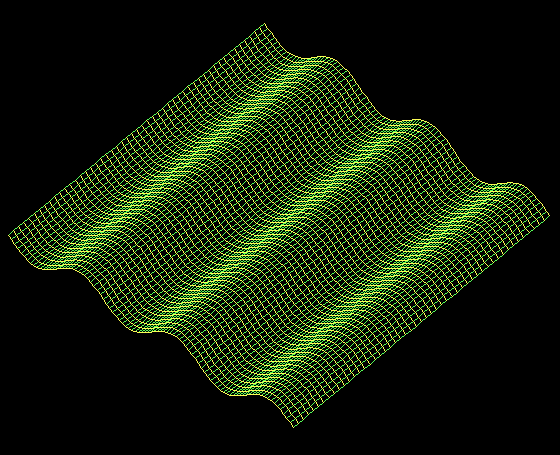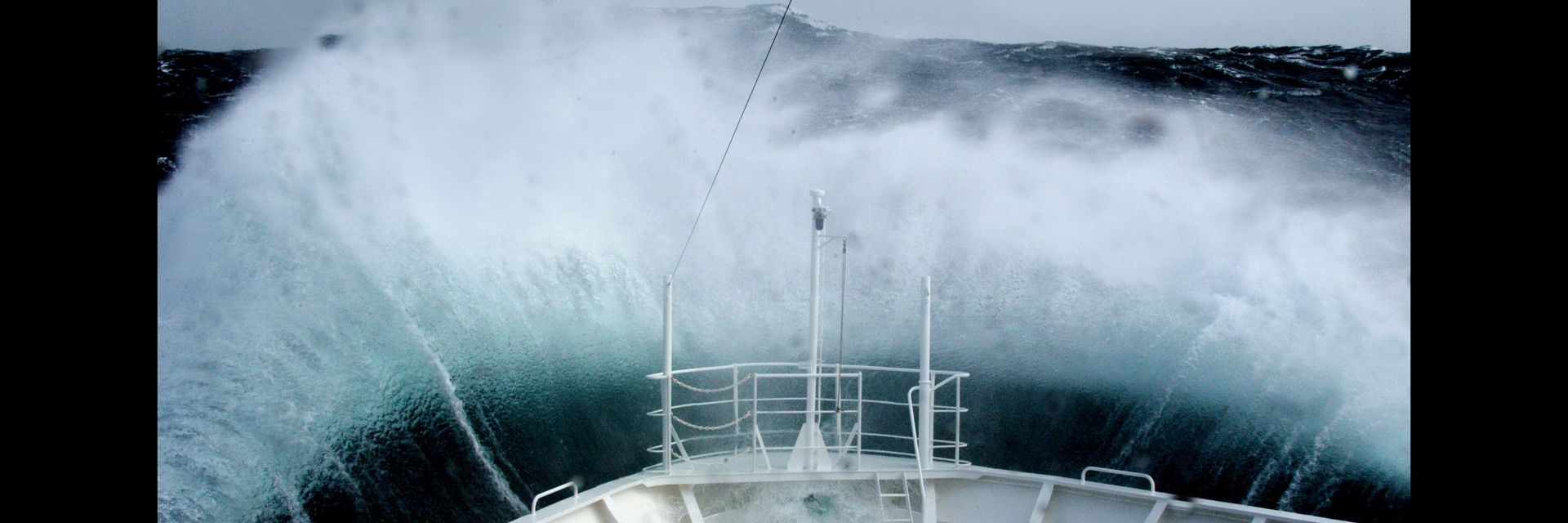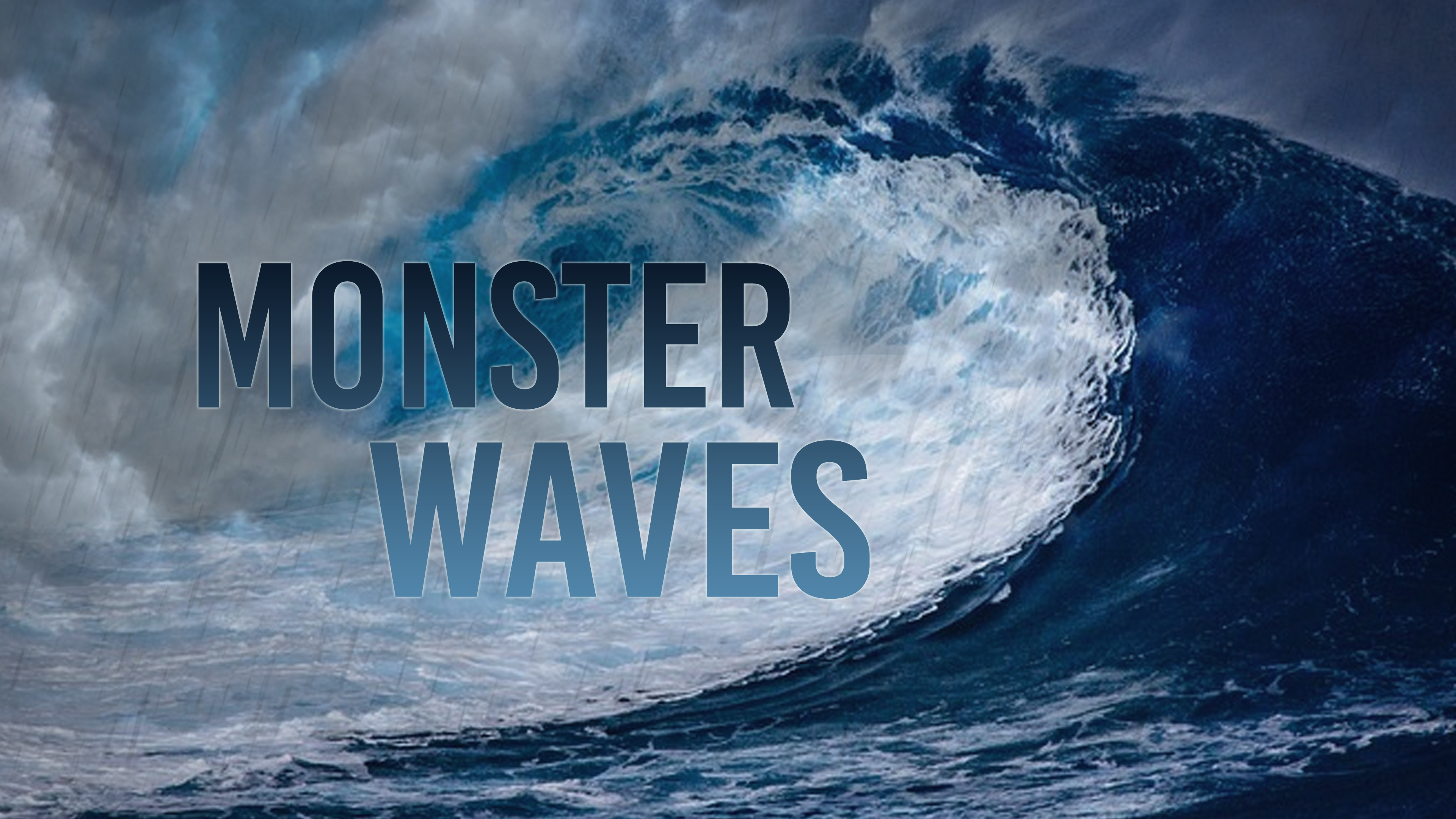Rogue waves are unpredictable and sometimes deadly. Can scientists find a way to warn mariners in time?
◊
Since time immemorial, we humans have felt the ineluctable pull of the sea. We’ve settled along the coasts, harvested the ocean’s once-plentiful bounty, and traveled vast distances in vulnerable vessels to explore lands beyond the horizon.
But for land-dwellers like us, there has always been a trade-off: the inherent danger of too close a relationship with the sea. Tropical cyclones pummel our heavily populated shorelines, habitations, tsunamis travel thousands of miles to inundate our coastal communities – and rogue waves rise seemingly out of nowhere to capsize our ships.
For more on rogue waves, check out the MagellanTV documentary “Monster Waves”.
What Are Rogue Waves?
Sometimes referred to as freak waves or monster waves, rogue waves are enormous, unexpected, and unpredictable ocean waves that deviate significantly from surrounding wave patterns. They are characterized by the extreme height of the phenomena, which can be more than double the size of neighboring waves. They pose a substantial threat to maritime activities, as they can appear suddenly and with immense force, endangering ships, offshore platforms, and even large vessels such as cruise ships.
What Causes Rogue Waves?
The exact causes of rogue waves remain a subject of extensive scientific research, but several theories attempt to explain their occurrence:
Constructive Interference
One prevalent theory suggests that rogue waves result from the “constructive interference” of smaller waves. When waves from different directions align at the same location and time, they can combine their energy, leading to the formation of a single, massive wave. This alignment amplifies the wave’s height, creating a rogue wave amid the surrounding sea.
Nonlinear Effects
Another explanation involves nonlinear effects in the ocean. Under certain conditions, waves can interact nonlinearly, causing energy to focus on specific waves. This focusing of energy may result in the rapid growth of individual waves, eventually leading to the emergence of a rogue wave.

Nonlinear model depicts one wave catching up with another to produce a brief-duration rogue wave. (Source: Wikimedia Commons)
Ocean Currents and Wind Patterns
Rogue waves may also be influenced by ocean currents and wind patterns. When strong currents oppose the primary direction of the waves or when intense winds create chaotic sea states, these factors can contribute to the formation of rogue waves. The interaction among currents, winds, and existing wave patterns may lead to the abrupt rise of these hazardous waves.
What Are the Dangers of Rogue Waves?
Rogue waves present significant risks to maritime activities such as commercial fishing, leisure cruising, and naval operations, and can have catastrophic consequences:
Endangered Ships
Ships encountering rogue waves are at risk of sustaining severe damage or even capsizing. The sudden force and height of these waves can overwhelm even large vessels, making navigation perilous. The impact of a rogue wave can destabilize a ship, leading to accidents, loss of cargo, and, in extreme cases, sinking.
One person died and four were seriously injured in 2022 when a rogue wave struck the Viking Polaris cruise ship on its way to Antarctica.
Offshore Platforms and Coastal Structures
Offshore platforms used in oil and gas exploration are vulnerable to rogue waves. The colossal force of these waves can damage the platforms, endangering the lives of workers and causing environmental disasters if oil spills occur. Coastal infrastructure, such as seawalls and lighthouses, is also at risk of damage when rogue waves strike.
Psychological Impact
Beyond the physical dangers, the psychological impact of encountering a rogue wave can be severe. Mariners experiencing such an event may suffer from trauma, anxiety, and post-traumatic stress disorder, affecting their ability to work effectively. The fear can also influence route planning, leading to less efficient maritime journeys.
Perhaps one day scientists will gain a better understanding of rogue waves. Advances in oceanography and meteorology might enhance prediction and mitigate the risks to maritime activities. But, in the meantime, sailors must keep a wary eye on the sea.
Ω
Title Image credit: Sandra Geiger, via Adobe stock


